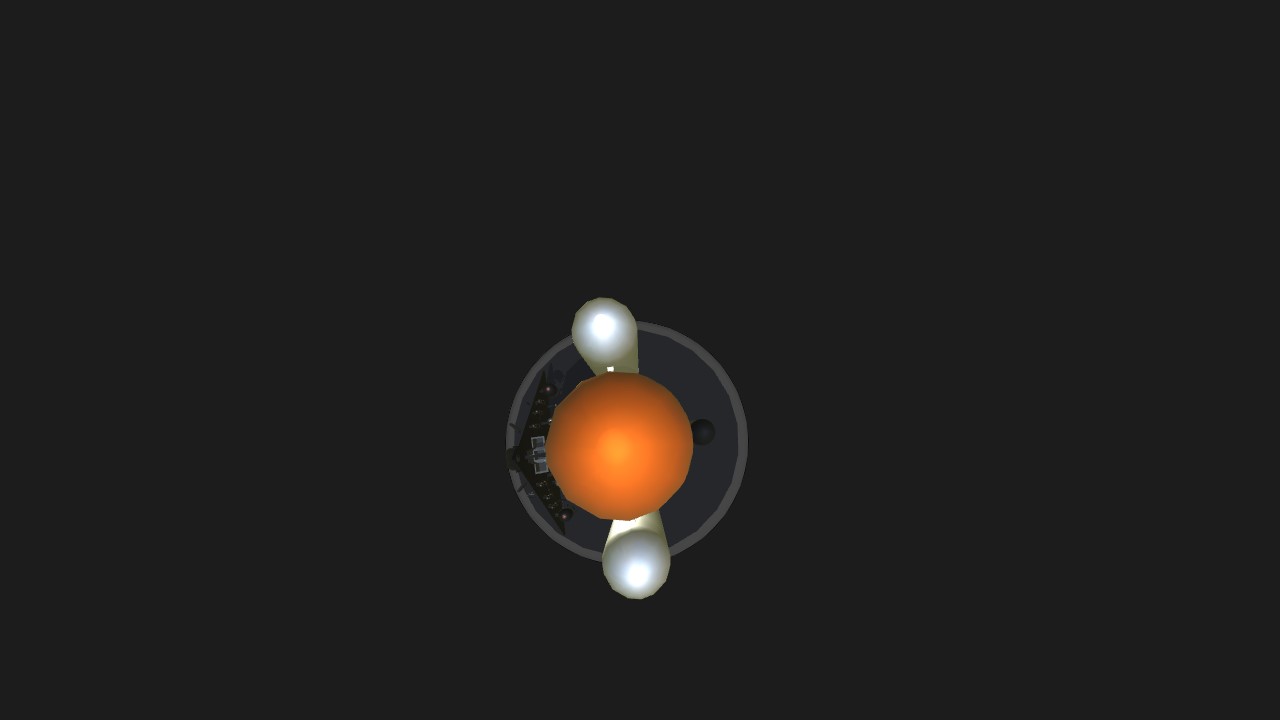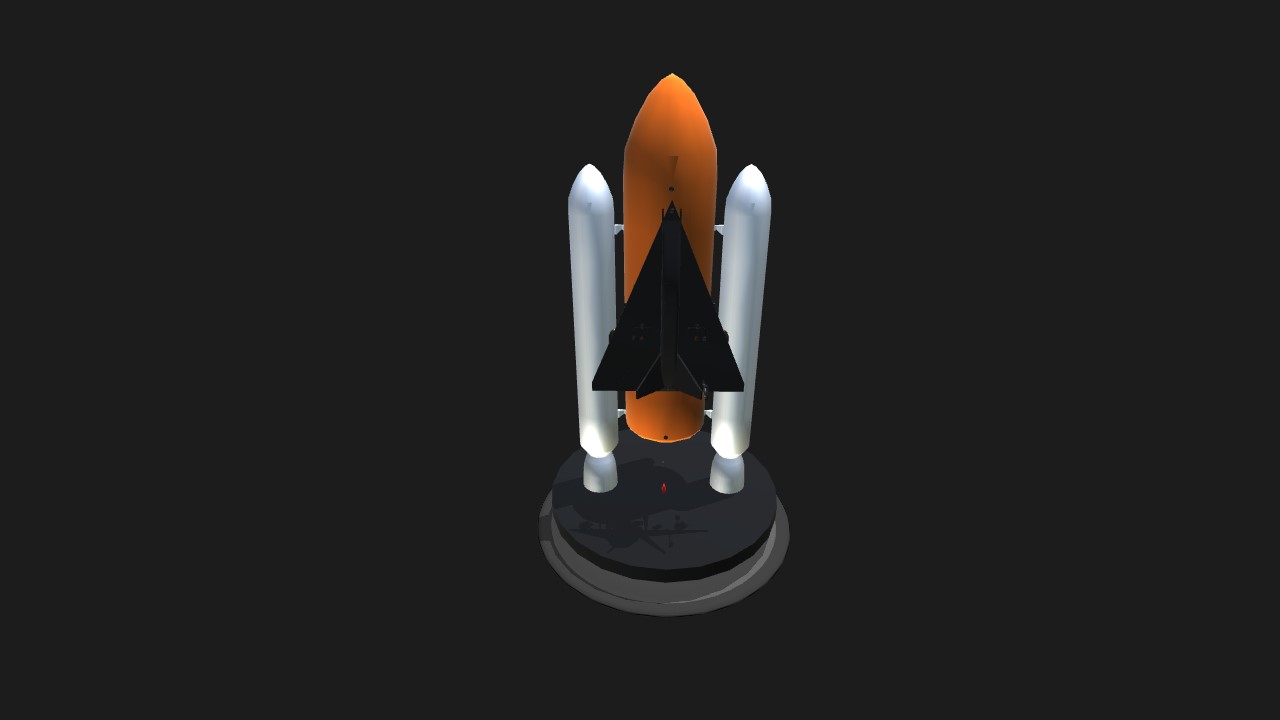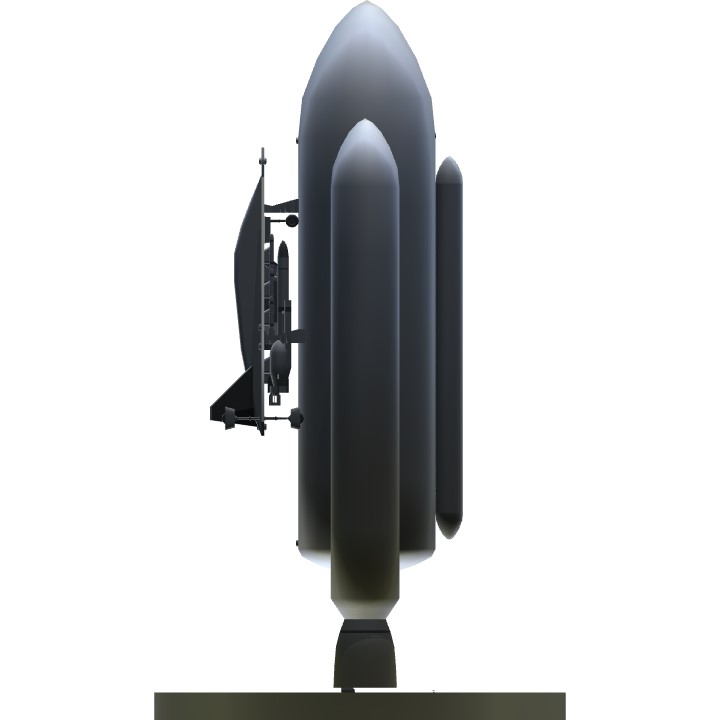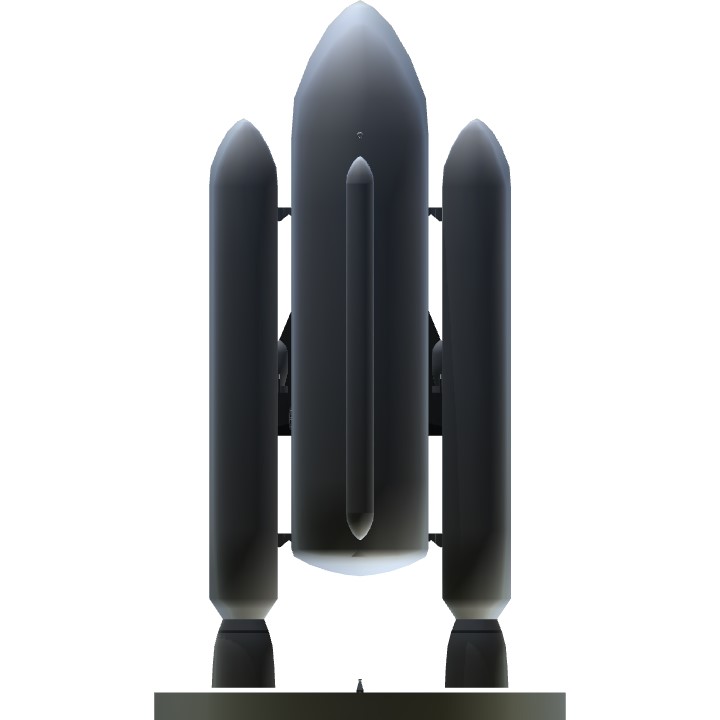The Aurora Project was led by Stanmich, who created the worlds first design for a "Space UAV". in 1973, a year after the Apollo Program ended, the Aurora and its space Launch System were designed, and test models at 1:20 scale were designed to test the capability of the launching system. This is how to take it from the launchpad, to space, and back down. first: Gear. bring it up, and throttle up to 7%. As you go up, every 300ft, go up one percent. use the autopilot to stabilize if you want, but if you value the Aurora UAV, and the result, stabilize by yourself, with the Yaw and Pitch Axes. use them to "level off" the Attitude Indicator. when you have reached 100% throttle, throttle down to 0, wait for the engines to lose speed, and use AG5 to detach the outer boosters. If you want to keep going with the Aurora's boosters, you can, but it isn't quite as effective as the SRBs. then, use AG6 to jettison the external fuel tank. then, wait. it will take you up to at least 300000ft. when the UAV starts falling, use its RCS to orient pointed at the ground, and firewall the throttle with afterburner (AG1). when you get back down, you could be right next to your starting point, or 1000 miles out, no inbetween. this is where Custom Cam 1 comes in. now, level off, and use the airbrakes to decelerate until at just below Mach 3, and use the camera to figure out which way you're traveling. then, orient yourself toward the island, and fly there. You could either land at an airport, or on the carrier, or at the ice base, and you've done it. you've recreated a top secret government mission for a secret UAV.
Specifications
General Characteristics
- Created On iOS
- Wingspan 49.2ft (15.0m)
- Length 49.2ft (15.0m)
- Height 86.1ft (26.2m)
- Empty Weight 92,665lbs (42,032kg)
- Loaded Weight 459,474lbs (208,414kg)
Performance
- Power/Weight Ratio 0.234
- Wing Loading 929.7lbs/ft2 (4,539.2kg/m2)
- Wing Area 494.2ft2 (45.9m2)
- Drag Points 174985
Parts
- Number of Parts 153
- Control Surfaces 6
- Performance Cost 894





